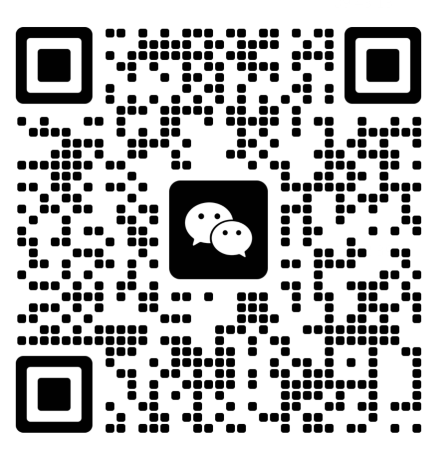 +86 755 2794 4155
+86 755 2794 4155  sales@knownpcb.com
sales@knownpcb.com
-
Shenzhen KNOWNPCB Technology Co., Ltd.
 +86 755 2794 4155
+86 755 2794 4155  sales@knownpcb.com
sales@knownpcb.com
 2024-08-09
2024-08-09
 389
389
PCB Prototype and Assembly

PCB prototyping and assembly are key steps in the development process of electronic products. PCB prototype refers to a small batch or individual printed circuit board produced before large-scale production, used for testing and verifying the correctness of circuit design. This process usually includes steps such as circuit design, layout, etching, and drilling. Once the prototype PCB is completed, engineers will conduct detailed testing and debugging to ensure that the functionality and performance of the circuit meet expectations.
PCB assembly is the process of soldering various electronic components onto a PCB. This step requires high precision and meticulous operation to ensure that each component can be connected and work correctly. Modern PCB assembly typically uses automated equipment such as surface mount machines and reflow ovens to improve production efficiency and quality. After assembly, a series of tests will be conducted, including functional testing, durability testing, and electromagnetic compatibility testing, to ensure the reliability and stability of the product.

Or call +86 755 2794 4155
Inquiry Now

